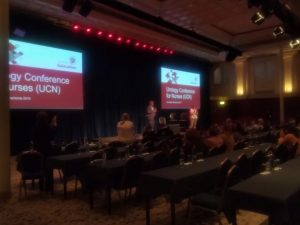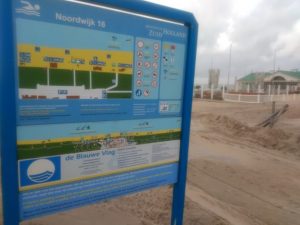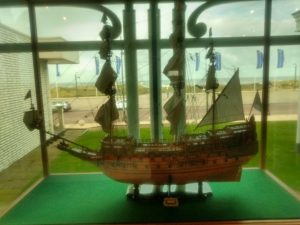Medical webinar given by Professor Magioni to a group of cardiologists in Ecuador and guidelines regarding the level of compliance, as well as implications for patient outcomes.
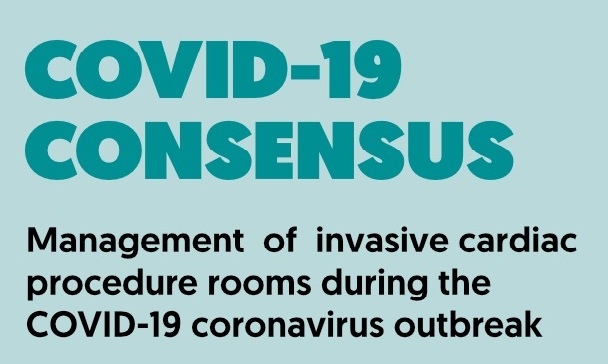

Medical webinar given by Professor Magioni to a group of cardiologists in Ecuador and guidelines regarding the level of compliance, as well as implications for patient outcomes.

Medical webinar given by Professor Desai to a group of cardiologists in Colombia on the results of different drugs in the treatment of heart failure with reduced ejection fraction

The big screen has no alternative, the seventh art has been forced to cancel spring releases, productions have been stopped and local cinemas are exploring different possibilities to survive. This is the context in which Salavirtualdecine was born, an initiative promoted by A Contracorriente Films and its associated cinemas, the Verdi cinemas, with 70 theatres throughout Spain, so that audiences can enjoy some of these premieres on their mobile devices and televisions connected to the internet.
It is in Salavirtualdecine where we find Vivarium, released on April 8th, which tells the story of a young couple trapped in a house with a child and which takes on very different tones to those it had at its premiere in Cannes.
“It’s all so strange. The film that was seen for the first time in Cannes is the same as the one that is being released now, and yet it is completely different,” says the Irish director on the other side of the Zoom application from Dublin, where he is being held, in a cryptic, almost formal manner. And having said that, and to make it clear, it is the director who lists the rare catalogue of parallels between reality and fiction: “On the one hand, there is the obvious. Yes, Vivarium’ tells the story of a couple trapped in a house with a child. But, if you think about it, it’s so scary: the character Jesse (Eisenberg) plays develops an illness that manifests itself as a mysterious cough. Body bags appear in a somewhat inexplicable way. The couple receives everything they need by courier. And then, and this is already bordering on the paranormal, in the illustrations of the book that Gemma (Imogen Poots) reads to her son, a man, a woman and a child appear under a kind of symbol that reminds us with a sickly fidelity of the very drawing of the coronavirus that we are tired of seeing everywhere”. And at this point, it almost makes you want to ask the director for responsibility for the mess he has got us into. “It’s a bit creepy, to say the least,” he concludes, backing up on the couch and finally laughing.
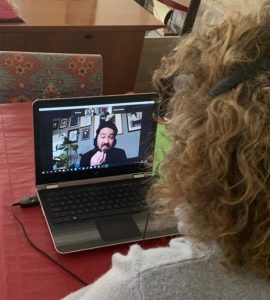
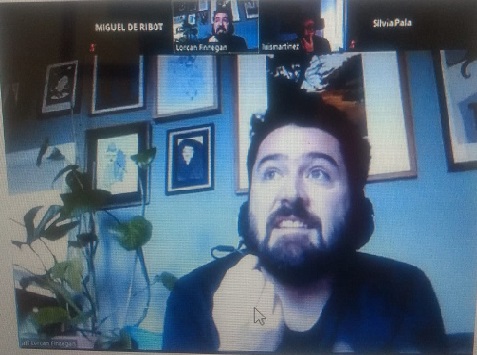
Hors normes, with 9 nominations in the César 2020 awards, closed the last edition of the Cannes Film Festival and was given a standing ovation during the San Sebastián Film Festival, where it won the Audience Award.
The preview of the film, which will be released in cinemas on 28 February, took place in the French Institute in Madrid and in the Verdi cinemas in Barcelona, where a charity preview was held, the donations of which went to the Hospital de Campaña Santa Anna.
Directed by the directors of The Intouchables, Samba and C’est la vie, it premiered in France last October and reached 2 million spectators.
It is based on real events and stars Vincent Cassel and Reda Kateb, with a stellar performance by Benjamin Lesiur, an actor with autism nominated for the César for best new actor. Sharing for two days Eric and Olivier’s passion for omelettes, padron peppers and croquettes, their jokes and enthusiasm for life, as well as their dedication to the public and the media, has been a true gift of life that will be very difficult to match.
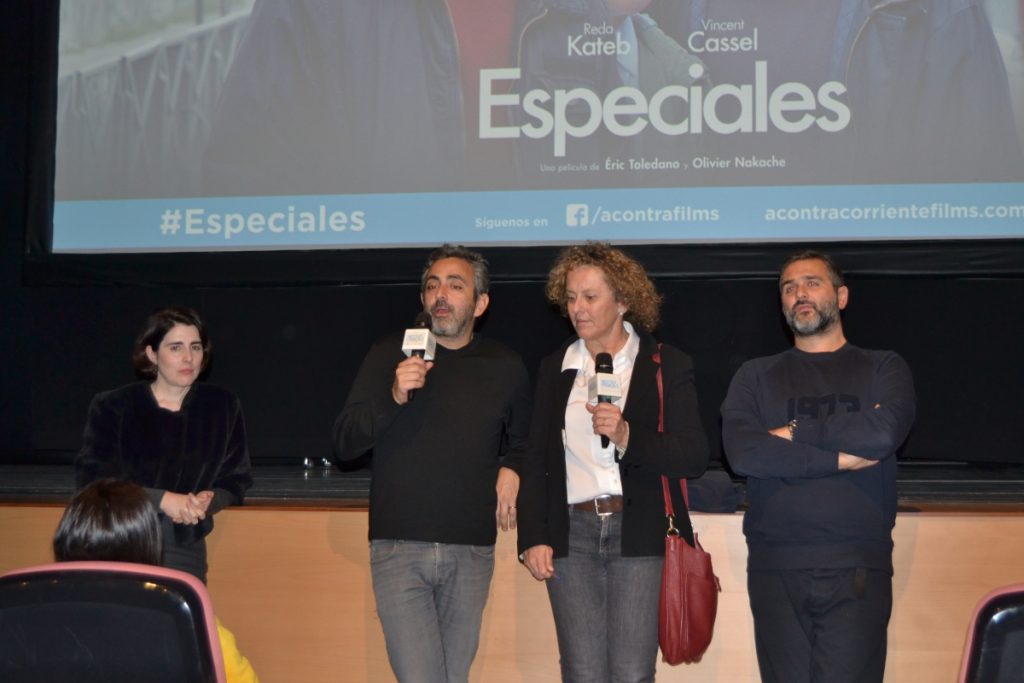
What better place than the beautiful Modernist Building of the Fundació Privada de l’Hospital de la Santa Creu i Sant Pau to dwell for two days on prostheses for proximal humerus fractures?
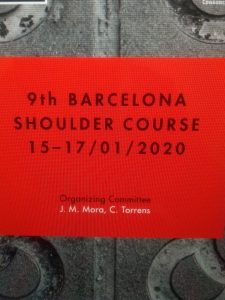
Jeremy Irons shows his most human face in Madrid. His powerful voice sounds like a Shakespearean theatre sifted with a lot of nicotine. Tall, thin, elegant, he retains all the magnetism of the performances for which he has accumulated the most important prizes in cinema and theatre.
In this latest performance, The Prado museum, a collection of wonders, a documentary directed by Valeria Parisi which premiered on December 9th in 200 Spanish theatres, guides the spectator through the history and every corner of the Prado Museum.
The journey begins with Jeremy Irons contemplating The Glory, Titian’s famous painting that moved Emperor Charles V. And from there the journey, which is neither chronological nor linear, takes the viewer on a journey through the scope of the Empire, the war against Napoleon, the loss of the colonies or the transfer of the paintings during the Civil War.
The actor talks about all of this while walking through Yuste, El Escorial, Toledo, Madrid and, of course, the most important areas of the Prado Museum, including the restoration workshop and the Kingdom Hall.
He celebrated the opportunity to visit Madrid again because he loves dancing, food, the streets and people, and he was very excited about the nights of filming in the rooms with the museum closed. “It has been a fascinating experience. The producers, who are Italian, had everything very well organized so that each intervention was done with only one shot. I let myself be directed.
When asked to choose between Velázquez, El Greco and Goya for his portrait, he thinks long and hard and finally replies that he would choose the young Goya. “Velázquez would paint a superficial portrait of me and El Greco would not get the better of me”, he says with a laugh,
“If he could, which painting would he take home? Extending his arms, Irons replies that there is no possible answer. “Maybe Las meninas or some Goya because I like them all. But you can’t choose just one”.
And to finish off, he gives some advice to the youngsters: watch the documentary, visit the museum and raise your heads from the screens of your mobile phones to contemplate what is around you, talk to each other and become better human beings.

Master class on civil disobedience in the Casa del Llibre, Rambla Catalunya, on the occasion of the presentation of the book ‘This is an Uprising: How Nonviolent Revolt is Shapping the Twenty-first Century’ (Ediciones Saldonar) written by the activists and experts in non-violent movements Mark and Paul Engler.
The presentation was attended by the latter author, accompanied by the president of the ANC, Elisenda Paluzie, and the vice-president of Òmnium, Marcel Mauri, as well as the activist Liz Castro. In a room full of hundreds of people, they attended a real class on civil disobedience and non-violent action applicable to the Catalan case.
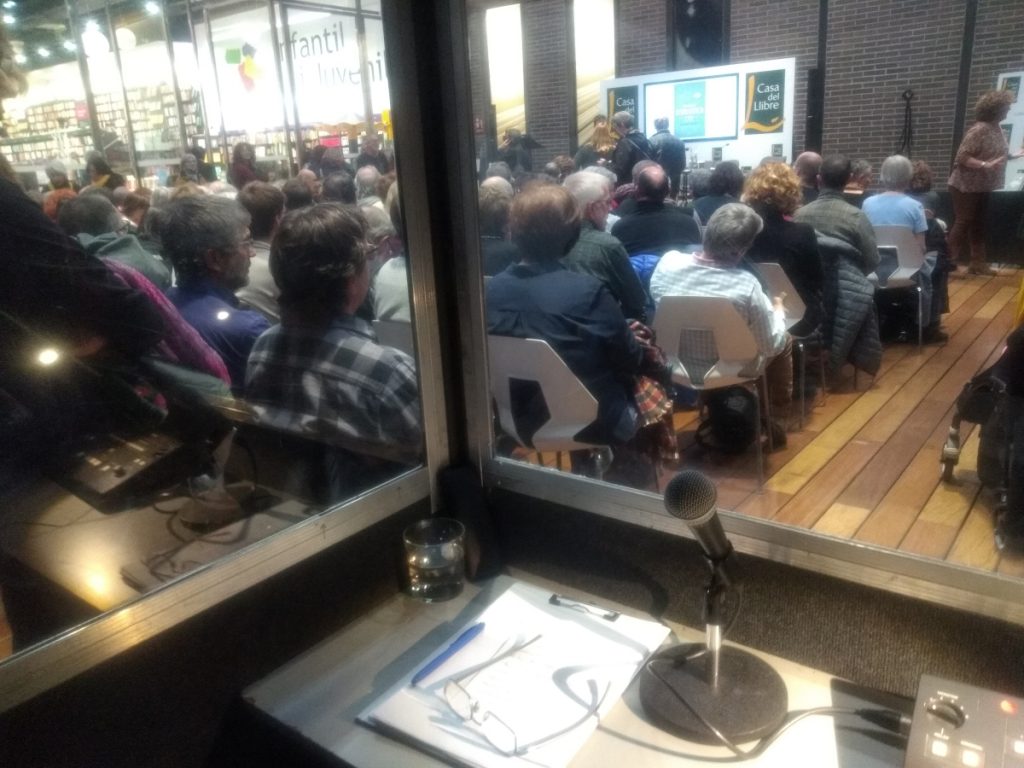

Thank you, Sílvia Tarragona. Thank you for recognizing our work, on and off micro, a tribute to all interpreters!
https://lnkd.in/gXHZXpc
The Seminary of Barcelona is located behind the Central University of Barcelona, in Diputació Street, in a building in the neo-medieval and predominantly neo-Romanesque historicist style, designed by Elías Rogent.
It currently houses the Faculty of Theology of Catalonia and the Faculty of Philosophy of Ramon Llull University. It also houses the Episcopal Public Library of Barcelona and the Geological Museum of the Seminary of Barcelona.
It is in this beautiful setting that Véronique Margron, President of the Conference of Religious Affairs of France, inaugurated the academic year of the Joan Margall Foundation, “Christianity and Culture”.
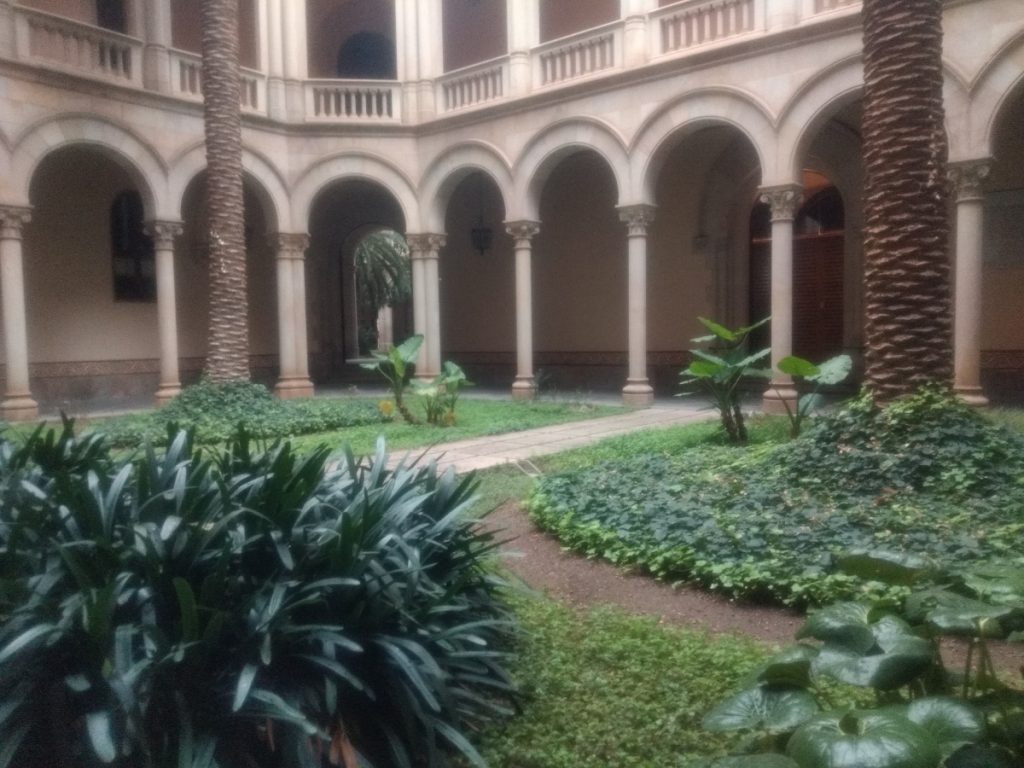
The beautiful coastal city of Nordwijk, not far from Amsterdam, hosted the First International Congress of Nurses in Urology during the last week of September.
In many cases the nurses are responsible for introducing management strategies for small and large daily problems affecting the patients, planning and organizing, addressing difficult issues such as the sexual life of the patient, contributing in many cases not only to the welfare and lowering the stress levels of the patient but also considerably reducing the ratio of hospitalizations with the consequent savings in resources at the state level.
Bravo, then, for these discreet and highly efficient professionals without whom a quality medicine would not be possible.

